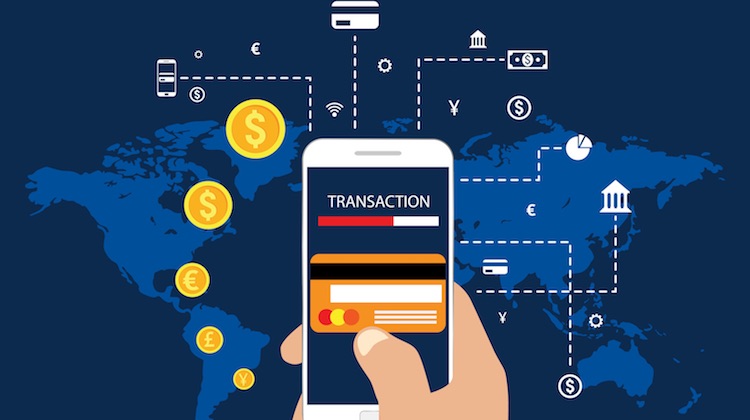Payments, The Customer Effect
How Visa is powering the next generation of mobile payments
- The future of mobile payments will involve internet-connected devices such as refrigerators, cars and wearables.
- Visa says the future of payments innovation will center on partnerships between startups and incumbents.









